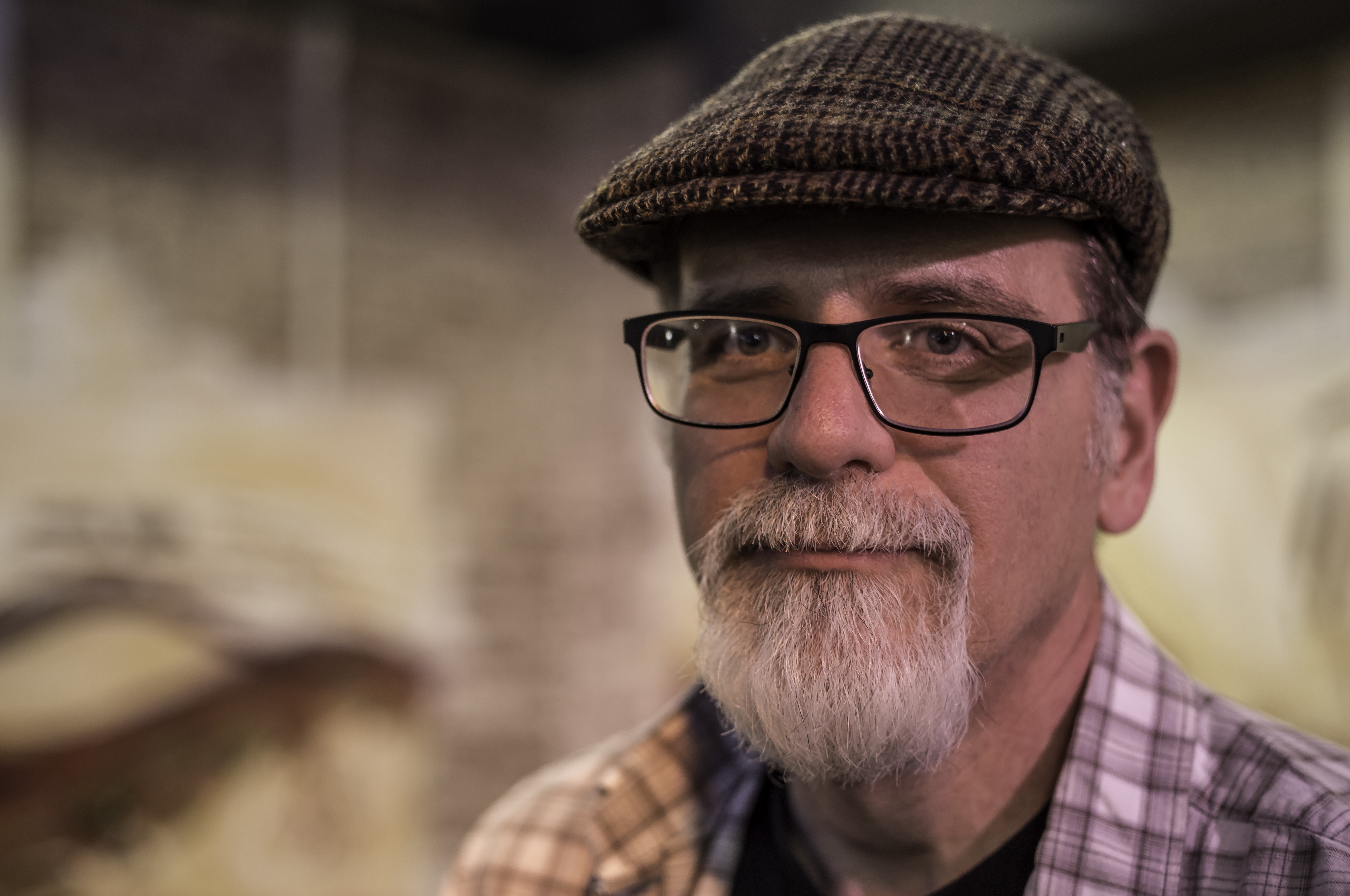The Hate U Give
Finding a voice
All of that changes with a car ride. From the beginning of the film, when her father gives her the talk, we know these worlds will touch and she will be caught in the middle.
Jerry L. Holsopple
Many of us grow up with our real life, and the imaginary life we play in with our friends. In the movie and novel The Hate U Give, Starr, lost most of her imaginary life when her best friend was shot in a gang execution gone awry. However, she still lives two very different lives; her home in Garden Heights, a predominantly African American neighborhood, where her father owns a small grocery, and Williamson Prep, a mostly white privileged school, her parents send her and her siblings to.
Starr is not really comfortable in either world. At the parties in her neighborhood she isn’t into the alcohol, the gangs, or the constant threat of violence. Every day as she enters Williamson Prep she puts away the language of her neighborhood, and tries not to be seen as the poor black girl from the hood. Even though her friends in the prep school, like to use the ghetto talk she doesn’t think she can join in. Her parents make the financial sacrifice in a desire to keep her safe.
 Starr wants a normal life: a boyfriend, to do well in school, to have friends, to know who she is. The narrative starts like a predictable teenage story of finding identity, navigating the perils of growing up and hiding her white boyfriend from her father. Watching Starr code-switch can be revealing. She is constantly hiding parts of herself, adjusting to the environment, so that she will be accepted by those she is with. The film uses the stereotypes of the neighborhood parties and gang activity without letting us see a greater complexity. On the other hand, her father, Maverick, brings complexity in his quest to break the cycle of violence, recognizing that systemic racism will not just disappear. The tattoos on his neck reveal his own gang past, which put him in prison and threatens to derail his plans for his family.
Starr wants a normal life: a boyfriend, to do well in school, to have friends, to know who she is. The narrative starts like a predictable teenage story of finding identity, navigating the perils of growing up and hiding her white boyfriend from her father. Watching Starr code-switch can be revealing. She is constantly hiding parts of herself, adjusting to the environment, so that she will be accepted by those she is with. The film uses the stereotypes of the neighborhood parties and gang activity without letting us see a greater complexity. On the other hand, her father, Maverick, brings complexity in his quest to break the cycle of violence, recognizing that systemic racism will not just disappear. The tattoos on his neck reveal his own gang past, which put him in prison and threatens to derail his plans for his family.
All of that changes with a car ride. From the beginning of the film, when her father gives her the talk, we know these worlds will touch and she will be caught in the middle. The talk reinforces the way to deal with the police, with how to put your hands on the dash, and to do whatever they say without talking back if you are ever pulled over. Rushing to leave a party with her childhood friend, Khalil, they are pulled over by a cop. Khalil, doesn’t follow the rules of “the talk,” and ends laying on the pavement bleeding out as the police officer freaks out.
Watching him die forces Starr to make decisions about what to say, whether to testify and negatively affects some of her friendships at Williamson and puts her into conflictual relationships within her own neighborhood. The philosophy of Rapper Tupac Shakur, “The Hate U Give Little Infants F*** Everybody,”, an acronym for “THUG LIFE,” inspired Angie Thomas’ debut novel, The Hate U Give, from which the film is adapted. As Tupac suggests, what is planted in the young comes back to damage the community. You will have to see the movie to discover if Starr lives into the meaning of her name, the light. The story, told through the experience of Starr, displays what she sees, feels and thinks and we watch her gather the strength to act from her own life. Amandla Stenberg, as Starr, is totally convincing as she goes from misty-eyed pain, to burning anger and even to outright laughter.
The ending does seem a little too neat, but it is an ending we could wish for. It is hard not to see this as making a stand in the current cultural discussion, but isn’t that what the best films do? They hold a light up to what is happening so we see, so we gain empathy, so we consider what our next steps as a culture should be.
The Hate U Give has a message, which it delivers in a convincing and entertaining way. Go to the movie. It might be time to—just like Starr—be forced to find our voice. On the way home from the theater, I remembered a night, 45 years ago when a police officer, who stopped me for speeding, pulled his pistol when I reached for the owner’s card in the glove compartment. I never thought for a minute he would shoot me. I can’t ignore that difference in realities.
PG-13 (for mature thematic elements, some violent content, drug material and language)




